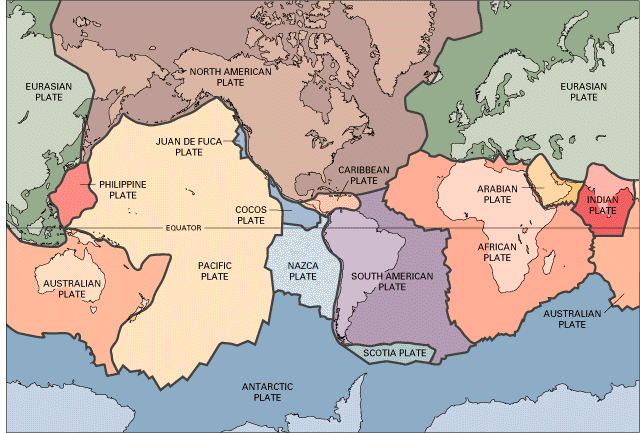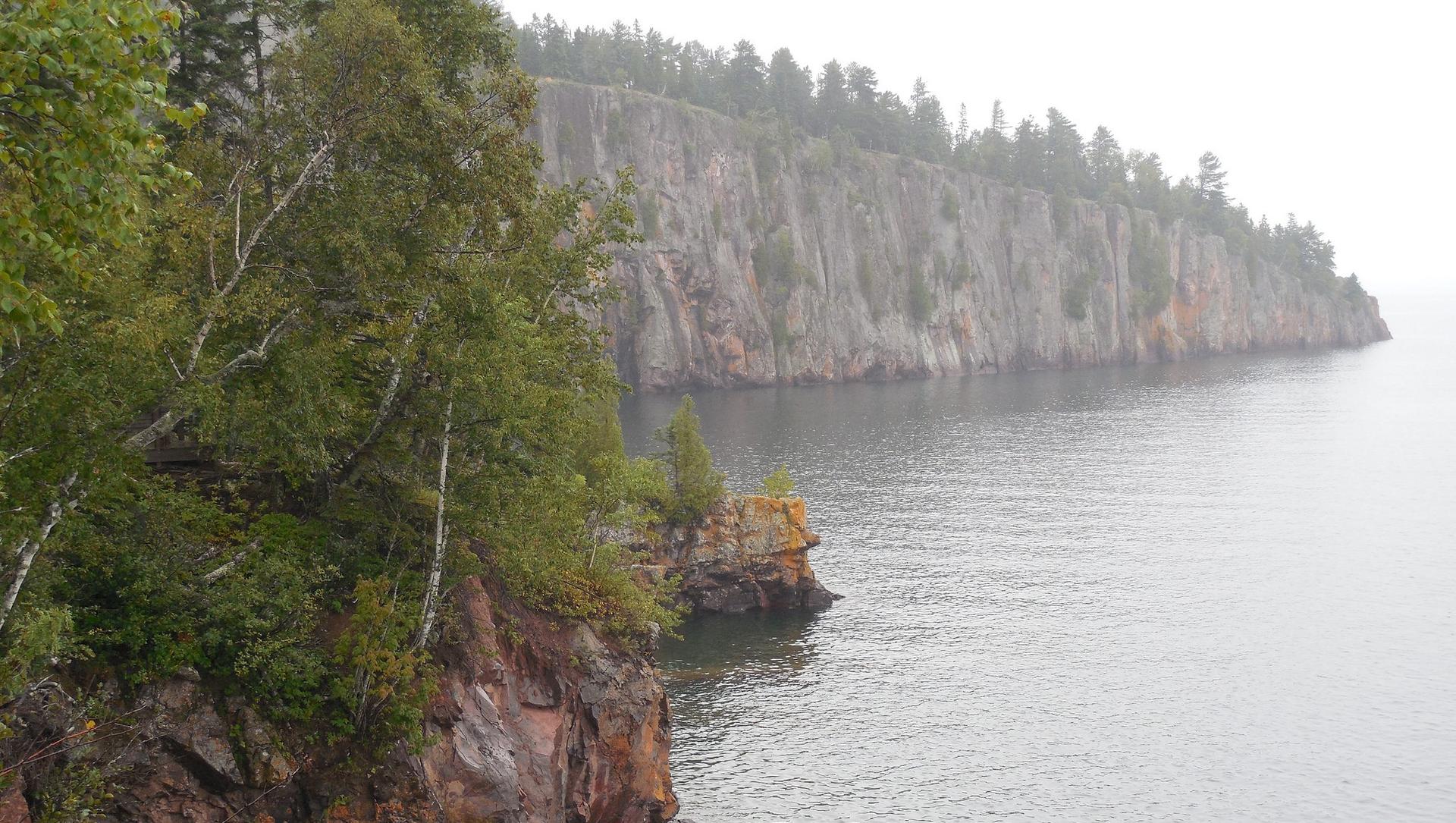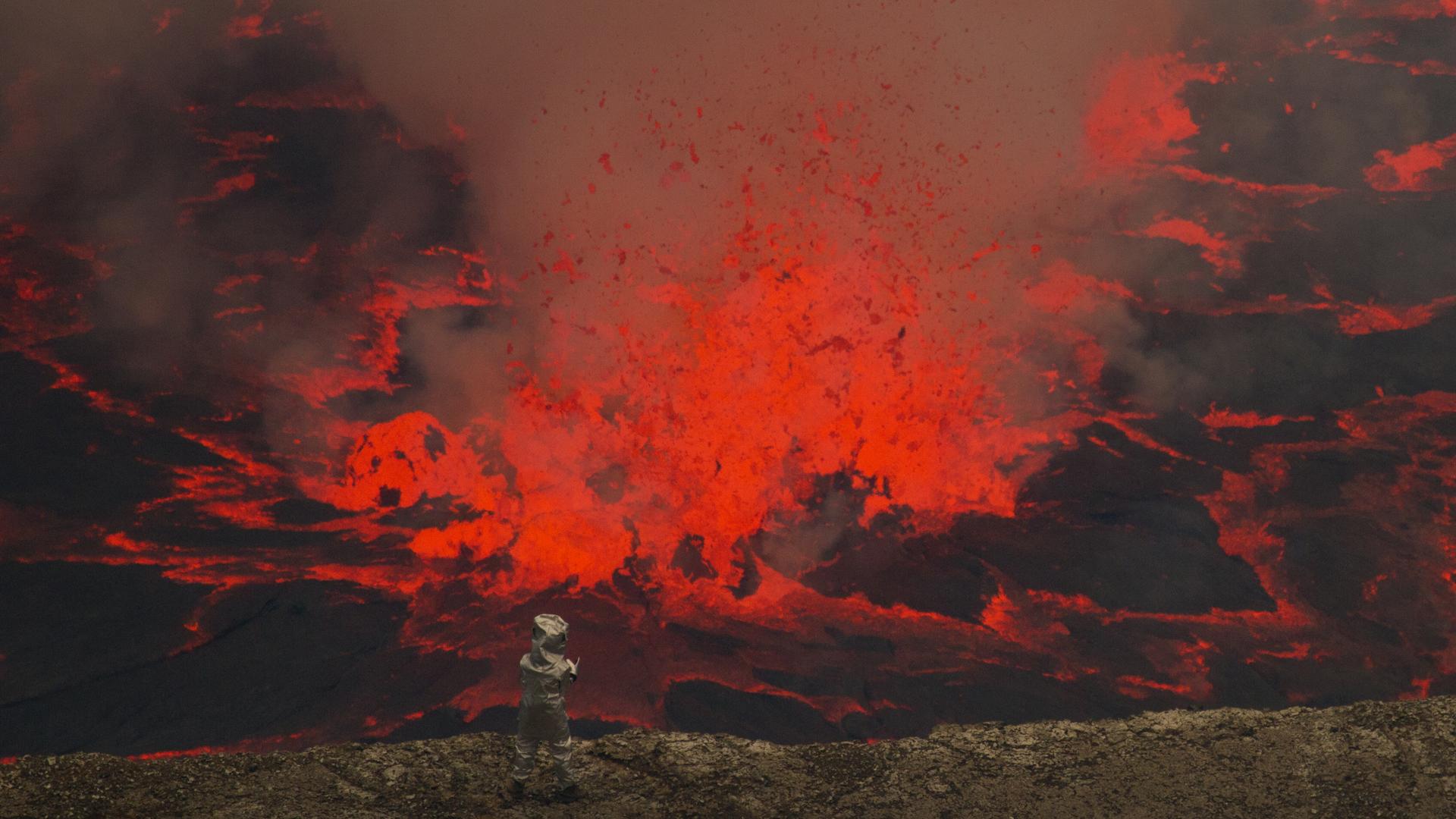geology
How the Earth made its own water — out of rocks
Recent research has strongly suggested the ancient Earth was dry and could not support life until icy comets left behind the water necessary to create life as we know it. Now a new study suggests something very different: Our planet made its own water through geologic processes, and is still doing so all the time.


